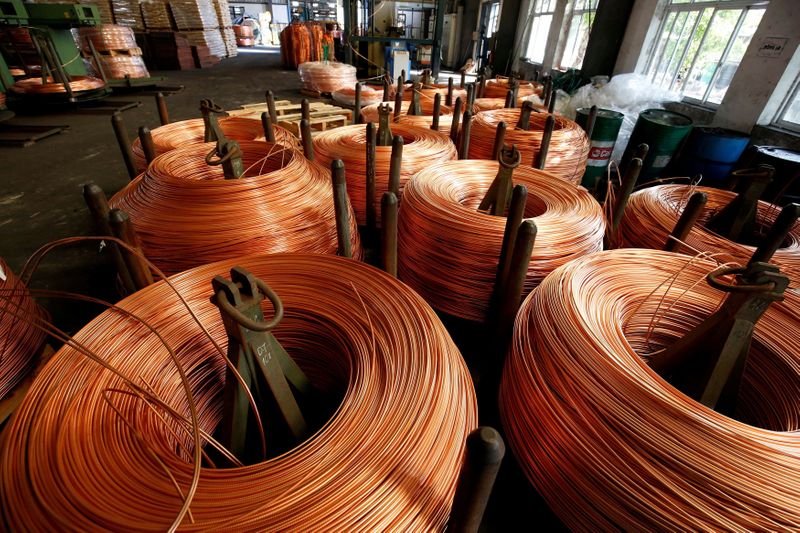Copper prices on the London Metal Exchange (LME) fell today, down 1.3% to $8,500 per tonne. This downturn is attributed to the recent strength of the US dollar and an increase in inventories in LME warehouses. The metal, which is often considered an indicator of economic health, has come under close scrutiny as a result of these developments.
Last week it hit a four-month high at $8,640, but has since faced challenges due to various market factors. Notably, LME stocks have increased to 174,900 tonnes compared to mid-year figures. This inventory growth comes amid mixed signals from Chinese factory activity results in November, among others.
Furthermore, the share of canceled warrants in the LME has increased significantly, indicating possible future withdrawals from stocks. As the U.S. dollar strengthens, costs for holders of other currencies rise, leading to muted demand for dollar-priced metals such as copper.
This comes after recent supply concerns temporarily supported copper prices. On Friday, First Quantum Minerals (OTC:) Ltd suspended annual production guidelines for the Cobre Panama mine due to ongoing contract disputes with the government and initiated arbitration proceedings. Despite these operational challenges contributing to supply constraints, copper prices still fell 0.4% today to $8,579.50 per tonne due to broader market conditions.
In response to these supply uncertainties and market tightness, global miners and Chinese smelters have agreed to lower processing and refining costs (TC/RCs) for copper concentrate by 2024. This marks the first decline after three years of stability in TC/RCs. Accordingly, the Shanghai Futures Exchange’s January copper contract previously rose 0.8% to close at 68,880 yuan ($9,658.15) per tonne amid these developments.
This article was produced with the support of AI and reviewed by an editor. For more information see our General Terms and Conditions.


